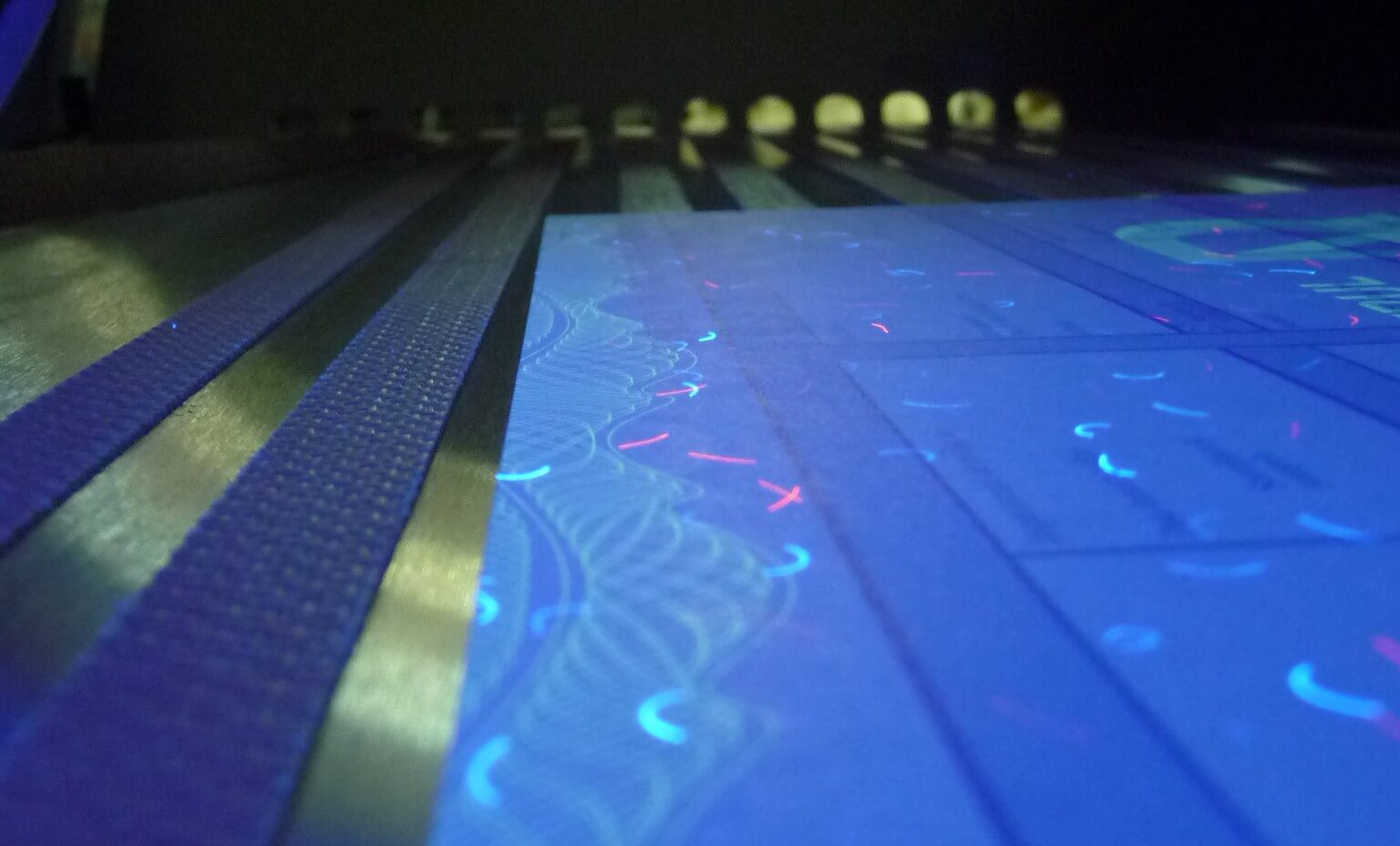In the realm of the pharmaceutical industry, packaging plays a crucial role in ensuring the safety, integrity, and efficacy of products. One of the most reliable and widely used methods for producing high-quality packaging is offset printing for pharmaceutical packaging. This article delves into the intricacies of this printing technique, highlighting its importance and advantages for pharmaceutical applications.

Understanding Offset Printing
Offset printing is a commonly used printing technique where the inked image is transferred from a plate to a rubber blanket and then onto the printing surface. It is called ‘offset’ because the ink is not directly transferred to the paper. This method is known for producing sharp and clean images and is ideal for bulk printing tasks. Learn more about the process by visiting Offset Printing – Wikipedia.
Significance in Pharmaceutical Packaging
The pharmaceutical industry demands precision and clarity in packaging to ensure that consumers receive the correct information about their medications. Offset printing meets these demands by providing high-resolution and consistent print quality, which is crucial for reading vital information such as dosage instructions, expiration dates, and batch numbers.
Benefits of Offset Printing
- High Image Quality: Produces clean, crisp images and type.
- Cost-Effective for High Volume: Economical for large print runs, making it ideal for mass production.
- Versatility: Suitable for a variety of printing surfaces, including paper, cardboard, and plastic.
Applications in Pharmaceutical Packaging
Offset printing is used extensively in creating packaging solutions such as boxes, labels, and inserts, ensuring that all necessary information is clearly displayed. The technique’s ability to use multiple colors enhances the visual appeal and functionality of the packaging.
The Printing Process
Prepress Preparation
Before starting the printing process, prepress preparation is essential. This involves creating plates for each color used in the design and ensuring that the layout is perfectly aligned. The catalog printing process at Full Color Printing Firm offers insights into similar prepress preparations.
Printing and Finishing
Once the plates are ready, the printing occurs. The process is fast and efficient, allowing for quick turnaround times. After printing, finishing processes such as cutting, folding, and gluing are performed to create the final packaging product.
Challenges and Considerations
While offset printing offers numerous advantages, there are challenges to consider. These include the initial setup cost, especially for small print runs, and the environmental impact of using inks and solvents. However, advancements in eco-friendly inks and materials are helping to mitigate these concerns.
Innovations and Future Trends
The future of offset printing in pharmaceutical packaging looks promising with innovations such as UV printing, which enhances print durability and reduces drying time. Additionally, the integration of digital technologies is enabling more personalized and adaptable printing solutions.
Regulatory Compliance
Pharmaceutical packaging must comply with stringent regulations to ensure consumer safety. Offset printing facilitates compliance by enabling the precise reproduction of regulatory information and standardizing the appearance of packaging across different products and markets.
Conclusion
In conclusion, offset printing for pharmaceutical packaging remains a vital component of the pharmaceutical supply chain. Its ability to produce high-quality, consistent, and cost-effective packaging solutions makes it an indispensable tool for ensuring that medications are safely and effectively delivered to consumers. The ongoing advancements in this field promise to further enhance its capabilities and applications, ensuring its relevance for years to come.

FAQs
What is the main advantage of offset printing in pharmaceutical packaging?
The main advantage is the ability to produce high-resolution and consistent print quality, which is essential for displaying accurate and clear information on packaging.
How does offset printing compare to digital printing?
Offset printing is more cost-effective for large print runs and offers higher image quality, while digital printing is better suited for short runs and personalized prints.
Are there any environmental concerns with offset printing?
Yes, the use of inks and solvents can have environmental impacts, but the adoption of eco-friendly inks and recycling processes is helping to reduce these concerns.
This article contains affiliate links. We may earn a commission at no extra cost to you.







